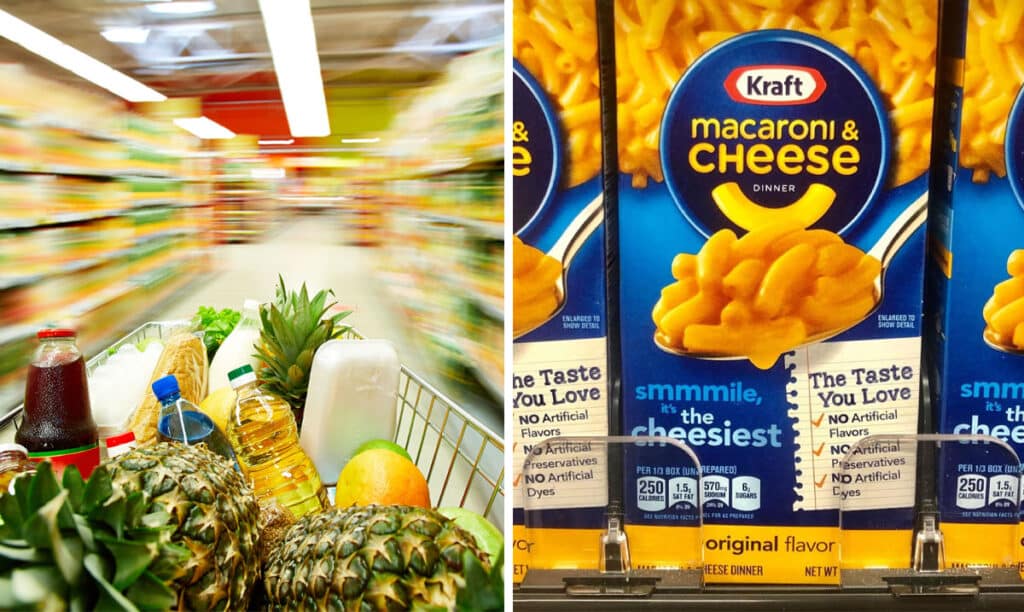Phthalates, also known as “forever chemicals,” have been detected in a range of popular food brands, including some organic labels frequently chosen for children’s diets.

These phthalates, typically used to soften plastics, were found in foods irrespective of their packaging, suggesting their introduction during different stages of food processing rather than through packaging alone.
For those concerned about phthalates in food packaging, the “Pyrex Simply Store Glass Rectangular Food Container Set” offers a safer alternative. This 18-piece set, made of non-porous glass, is microwave, oven, fridge, freezer, and dishwasher safe, ensuring that your food storage is free from harmful chemicals.
The National Institute of Health has highlighted the detrimental effects of phthalates, noting their role as endocrine disruptors and their negative impact on human health. Long-term exposure to these chemicals can adversely affect the endocrine system and disrupt the functioning of various organs. This can have severe implications for pregnancy outcomes, child growth and development, and reproductive health in both children and adolescents.
In addition to packaged foods, Consumer Reports also found significant phthalate levels in fast-food items like Wendy’s crispy chicken nuggets, Chipotle’s chicken burrito, and Burger King’s Whopper with cheese.
To avoid phthalates in plastic water bottles, consider the “Hydro Flask Wide Mouth Water Bottle.” Renowned for its durability and insulation properties, this stainless steel bottle keeps beverages cold for up to 24 hours or hot for up to 12 hours, making it an excellent choice for both everyday use and outdoor activities.
This issue has raised concerns across the food industry. General Mills, the producer of Cheerios and owner of Annie’s, stated through spokesperson Mollie Wulff that their products comply with regulatory standards, emphasizing their commitment to food safety.
The Centers for Disease Control and Prevention (CDC) notes that phthalates are used in a myriad of products, from vinyl flooring to personal care items like soaps and shampoos. Their widespread use has led to increasing discoveries of these chemicals in various consumer products, including food and beverages.
Switching to organic personal care products is a great step towards avoiding phthalates. “Burt’s Bees 100% Natural Origin Moisturizing Lip Balm” and “Dr. Bronner’s Pure-Castile Liquid Soap” are fantastic options. These products are not only organic and phthalate-free but also known for their quality and eco-friendly ingredients.
Recent findings by the Environmental Protection Agency have also raised alarms about the presence of these chemicals in the tap water of millions of Americans and in breast milk samples.
The persistence of these chemicals in our environment and food chains calls for urgent action. Consumer Reports advocates for stronger regulatory measures to limit exposure to these harmful substances in our food supply. This includes calls for industry-wide initiatives to reduce or eliminate bisphenols and phthalates from all aspects of food packaging and processing.
The “Brita Ultra Max Filtering Dispenser” is an ideal choice for those looking to reduce phthalates in their drinking water. This large capacity water filter dispenser fits neatly on a countertop or refrigerator shelf and is capable of removing various contaminants, providing clean and safe drinking water for your household.
The journey of our food from production to consumption involves numerous risks of contamination with these harmful chemicals. Understanding the extent of their presence and developing strategies to minimize exposure are crucial steps in ensuring the safety and well-being of consumers.

